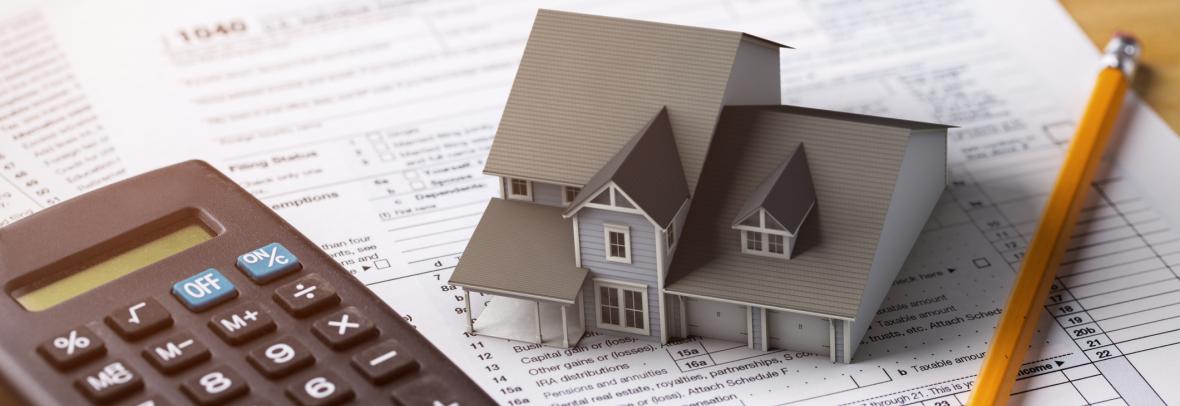
NAR says the deal that appears close to finalization includes many real estate goals it wanted, including $150B for affordable housing and keeping like-kind exchanges.
WASHINGTON – Congressional leaders released a long-awaited framework Thursday for President Joe Biden’s signature Build Back Better plan. It proposes a top-line price tag and an outline of new social programs.
According to the National Association of Realtors® (NAR), the $1.75 trillion framework includes many Realtor® priorities, like investments in affordable housing and down-payment assistance. It also spares real estate investors from some feared taxes. Biden announced the proposal at the White House after a morning meeting at the Capitol.
“NAR’s advocacy operation is built for crossroads moments like this one,” says Shannon McGahn, chief advocacy officer at NAR. “For the past year, we have educated lawmakers on the effects of misguided and harmful taxes on real estate and the need for affordable housing investment.”
The framework agreement is also key to unlocking a vote in the House on a $1.2 trillion bipartisan “hard” infrastructure bill, which has already passed the Senate. Progressives want a deal on the social spending plan before voting on the bipartisan bill that funds traditional infrastructure championed by NAR like roads, bridges, broadband and the power grid.
House Speaker Nancy Pelosi signaled she may bring the bipartisan infrastructure bill to a vote as soon as today. While passage is now generally expected, however, it’s not assured.
“Support for this framework and the bipartisan bill’s passage is far from certain, but this announcement shows increased momentum for the effort to get the bill to the president’s desk,” McGahn says.
Historic investment in affordable housing
The framework includes a $150 billion investment in affordable housing, a key NAR priority and focus of its advocacy efforts for the past year. Under the agreement, public housing and rental assistance would both get funding boosts. The plan would also create more than one million new affordable rental and single-family homes, and it would invest in down-payment assistance.
The White House says the down-payment assistance under the plan would allow “hundreds of thousands of first-generation homebuyers to purchase their first home and build wealth.”
The massive bill engaged many Washington lobbyists, and not all celebrated the final version as much as the real estate industry. AARP, for example, says it’s outraged because the bill “completely fails to address the high price of prescription drugs.” During bill negotiations, NAR feared the same might happen to real estate aid after reports ran in some media outlets.
In response to those possible real estate cuts, NAR CEO Bob Goldberg joined other housing leaders and key members of Congress last week near the Senate steps for a press conference, calling for the inclusion of affordable housing provisions in the final bill.
“As a nation, we have to find ways to close the supply shortfall,” Goldberg said at the press conference. “Doing so will be particularly meaningful for lower-income households, millennials and households of color.”
“We continued to press both publicly and privately for these provisions,” McGahn says. “Affordable housing is the key to unlocking prosperity for millions of Americans currently excluded from the American Dream. This investment is critical for closing the racial homeownership gap and addressing income disparity. It opens up homeownership for first-generation and first-time buyers.”
Housing sector programs included in bill, pending further action
- Public housing
- Housing Trust Fund
- HOME
- Down-payment assistance
- Housing vouchers
- Minority Business Development Agency
Tax provisions spare real estate investments
Early reports suggested the plan might remove like-kind (1031) exchanges, perhaps the most feared tax change, according to NAR.
“Some of the earlier tax proposals floated would have devastated the real estate sector, which makes up nearly one-fifth of the entire economy,” McGahn says. “This framework has no 1031 like-kind exchange limits, no capital gains tax increases, no change in step-up in basis, no tax on unrealized capital gains, no increased estate tax, no carried-interest provisions and no 199A limits. The tax provision of this framework is very positive for consumers, property owner, and the real estate economy.
“We worked for more than a year to educate lawmakers on these issues and launched a targeted Call For Action on taxes,” McGahn adds. “The tax provision of this framework is testament to the effectiveness of our education campaign in Washington.”
The plan does not mention State and Local Tax (SALT) deduction relief. However, congressional leaders still support an increase in the SALT cap, and a group of bipartisan House members is still demanding a solution.
“Congressional leadership can address SALT through an amendment once a bill is under formal debate,” McGahn says. “We won’t let down our guard on SALT and are still hopeful for a solution.”
© 2021 Florida Realtors®
Go to Source
Author: kerrys



